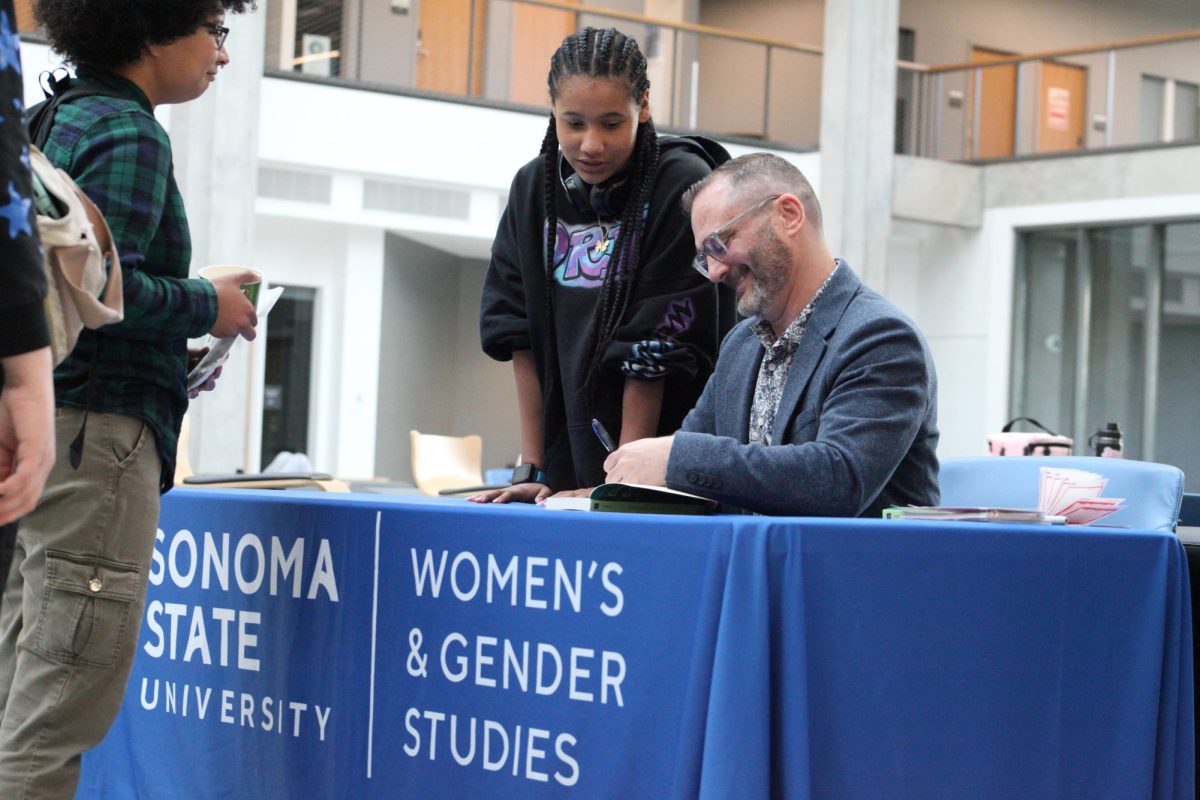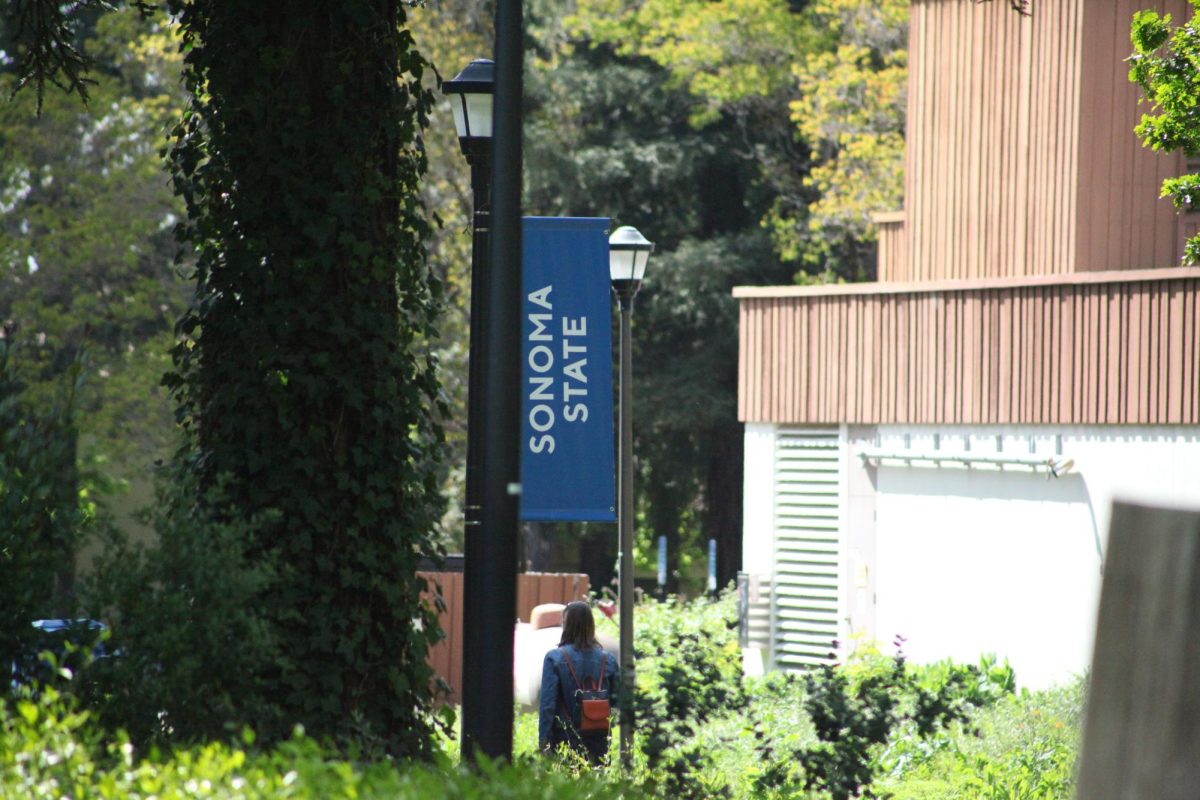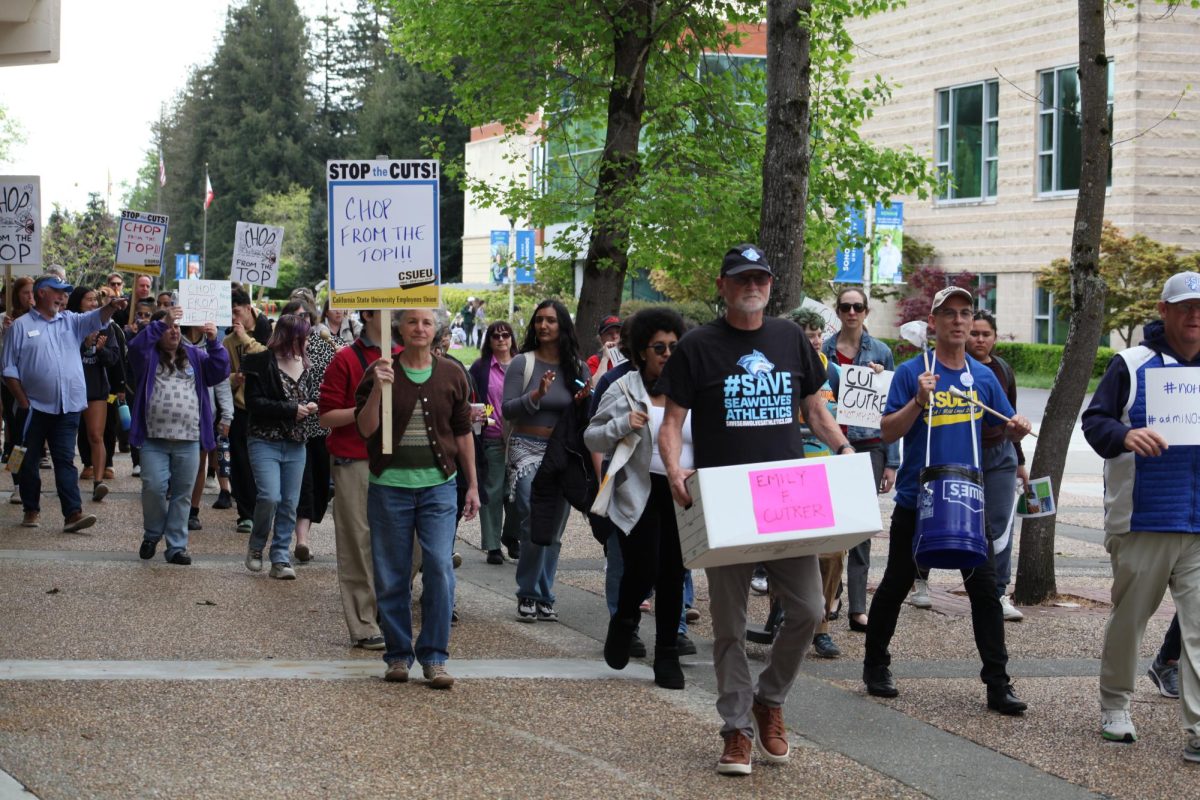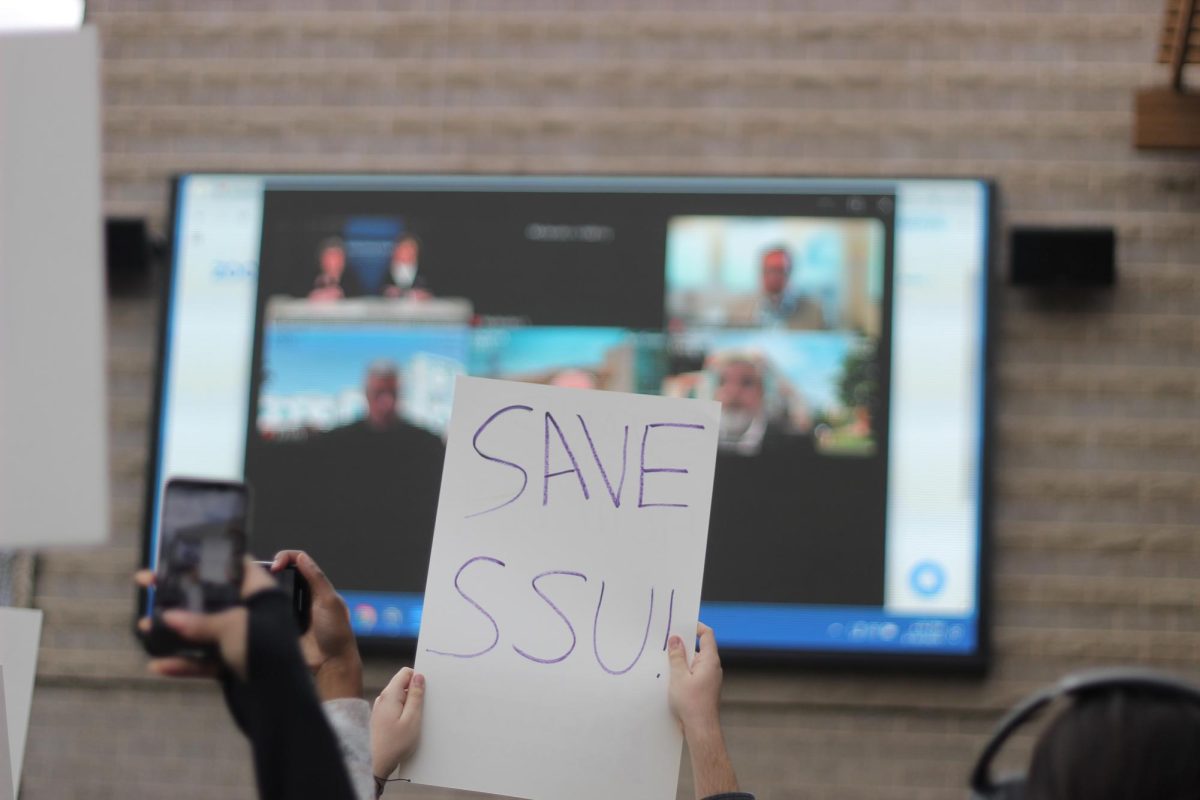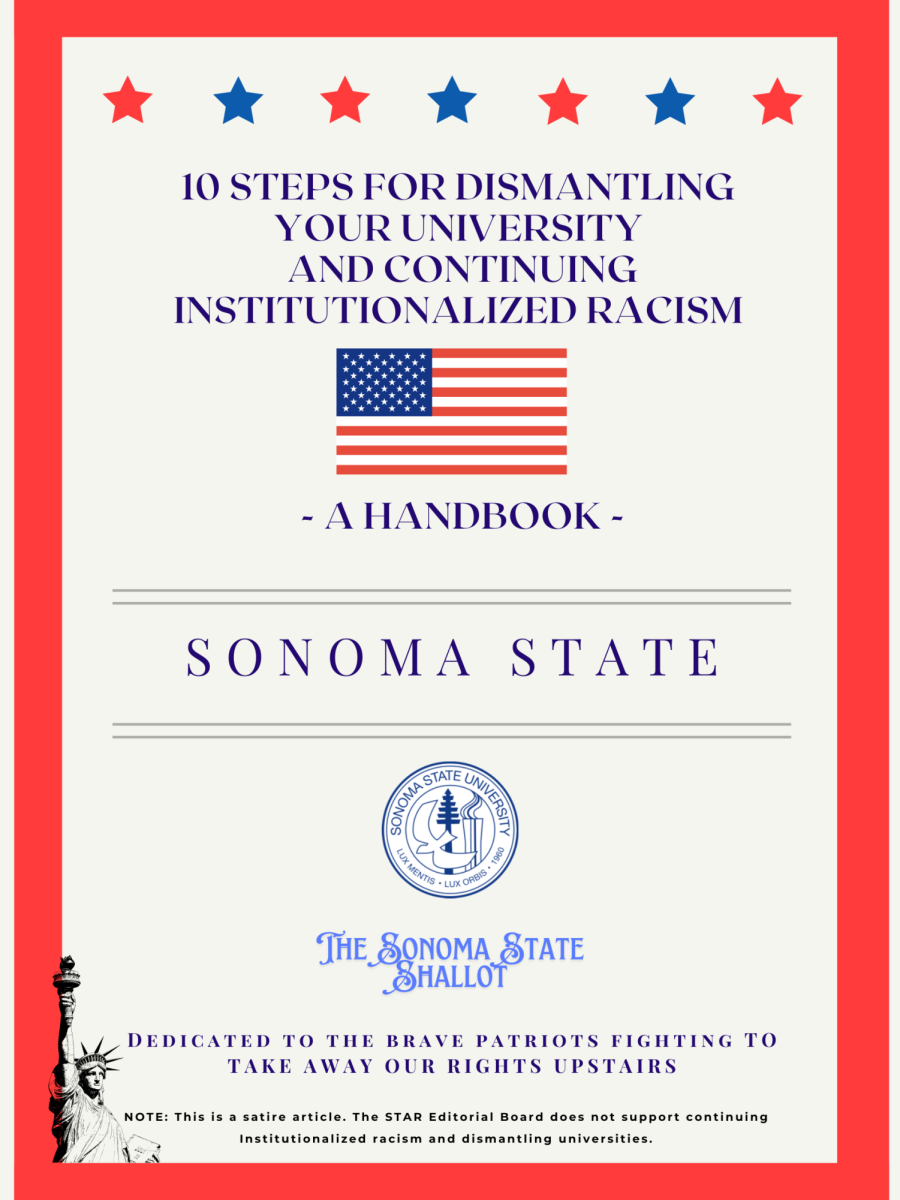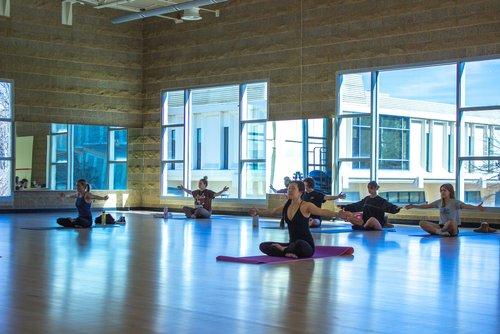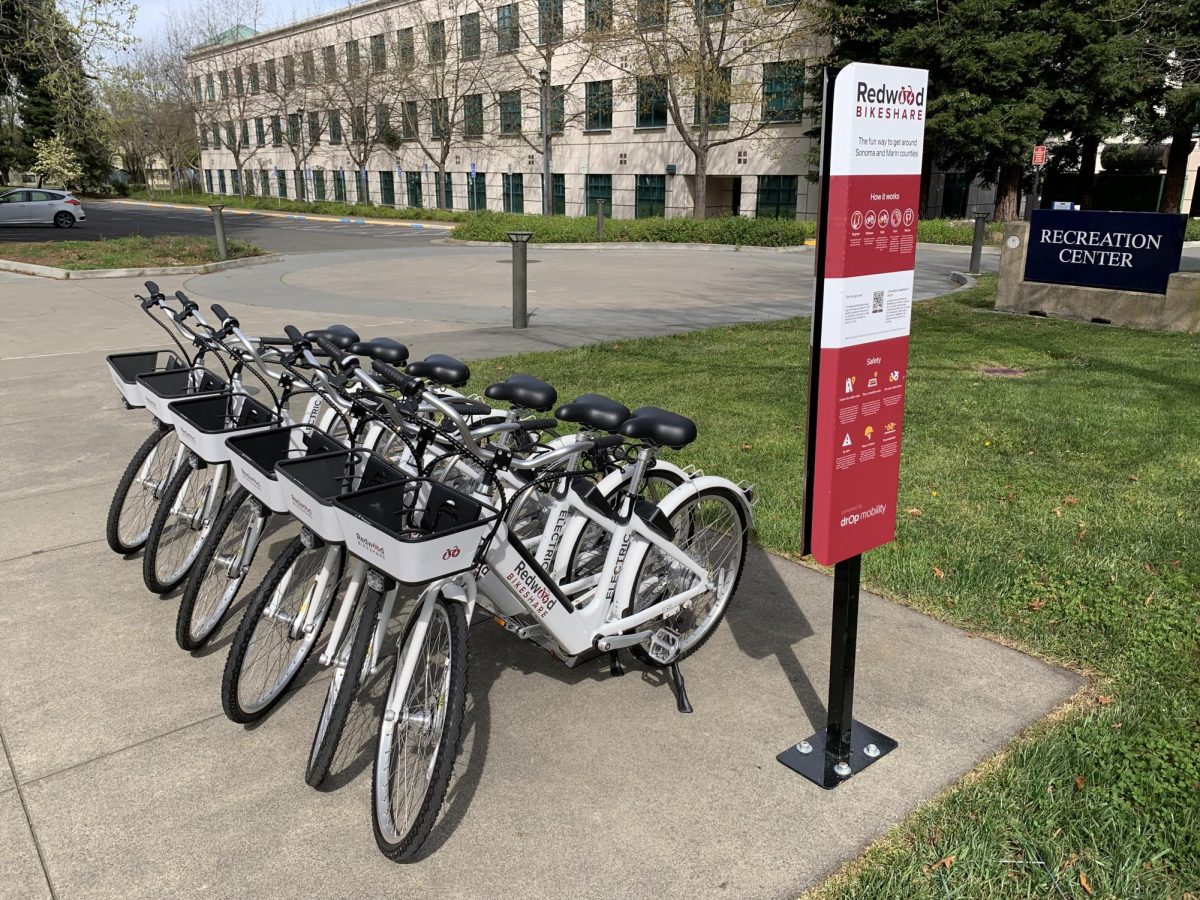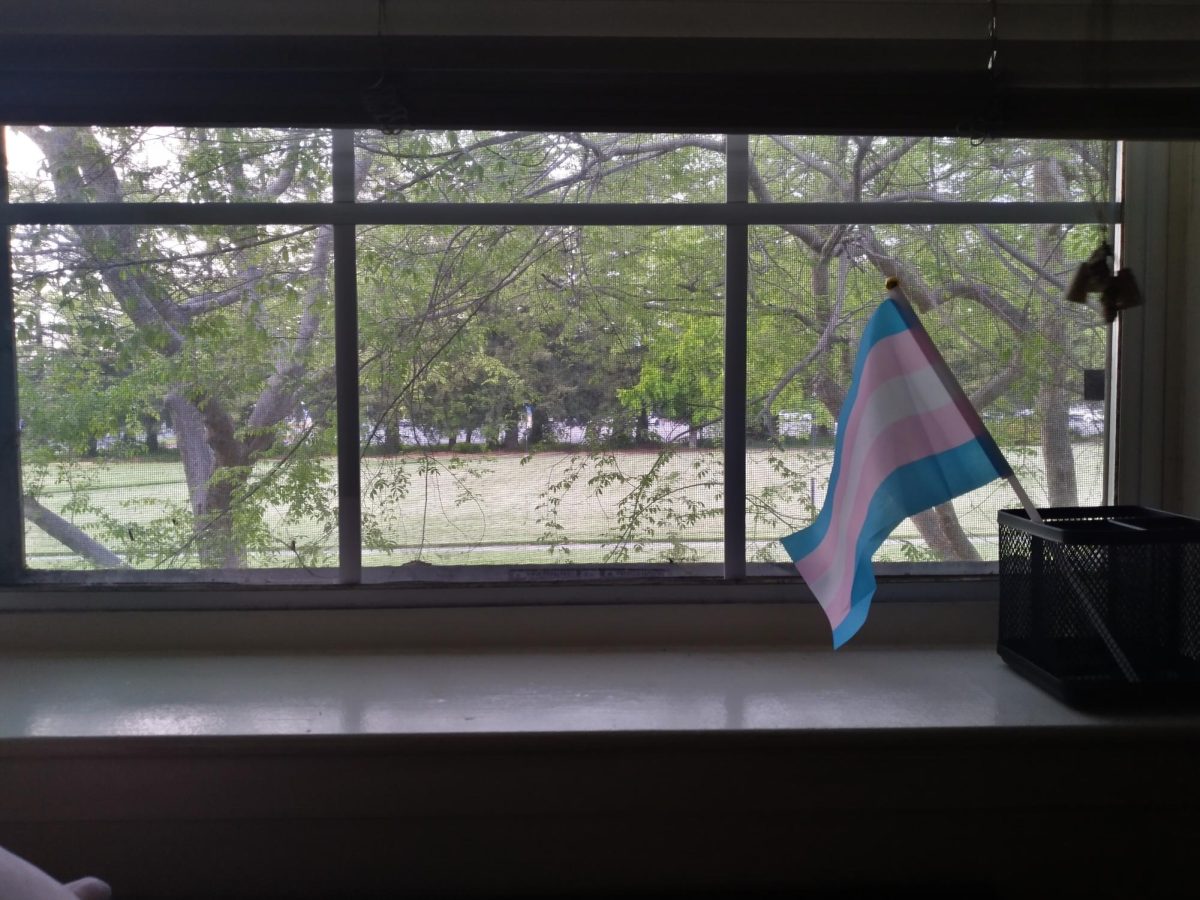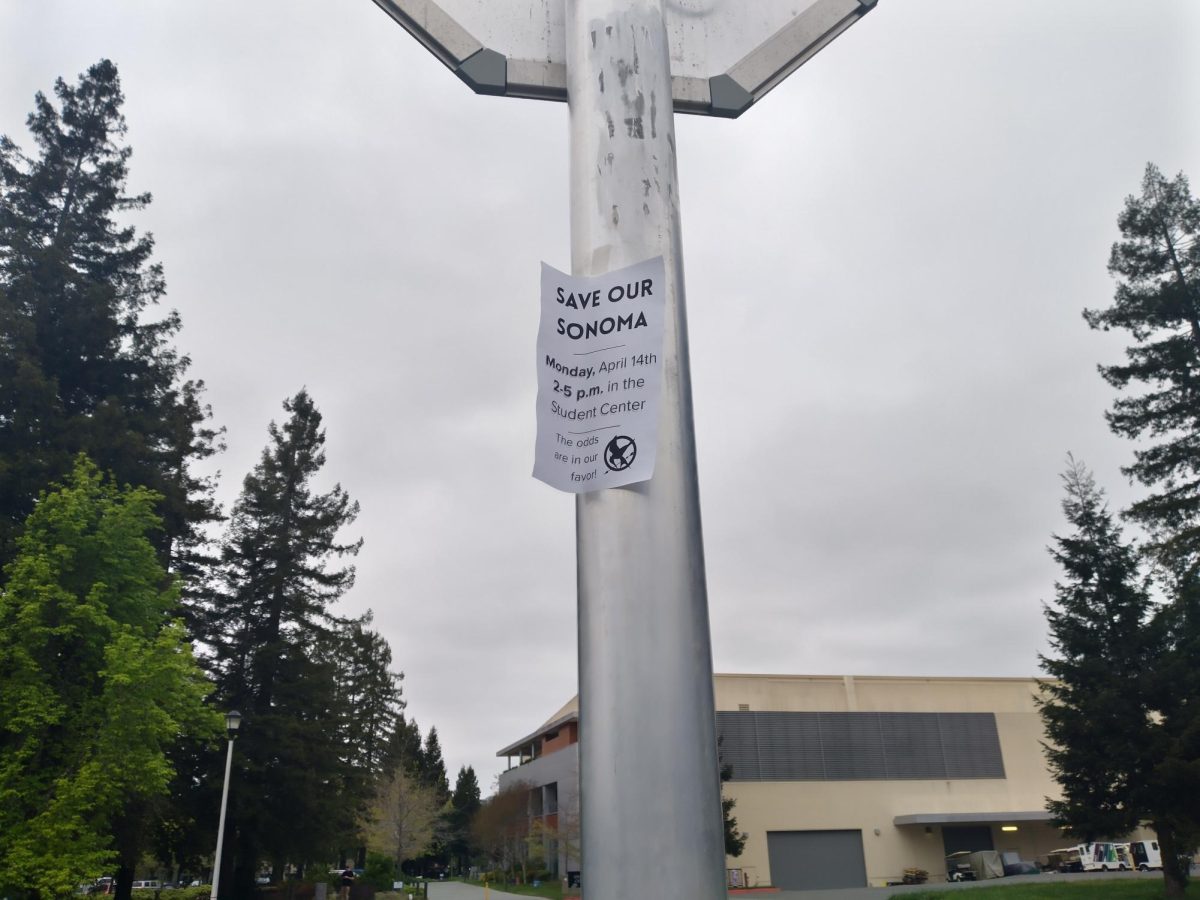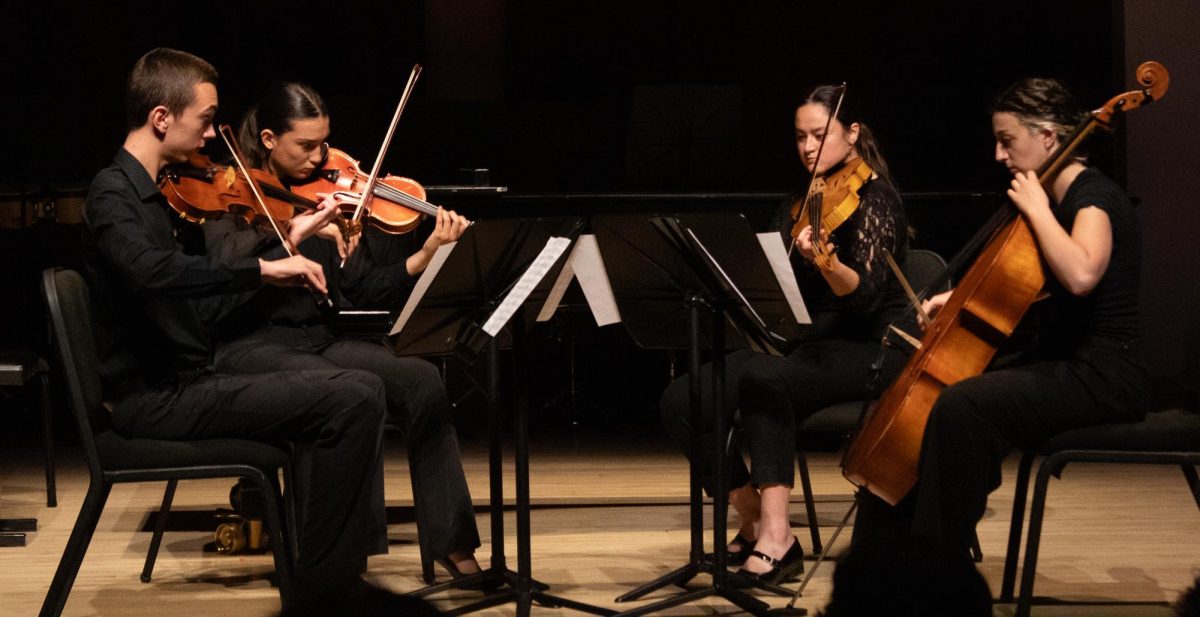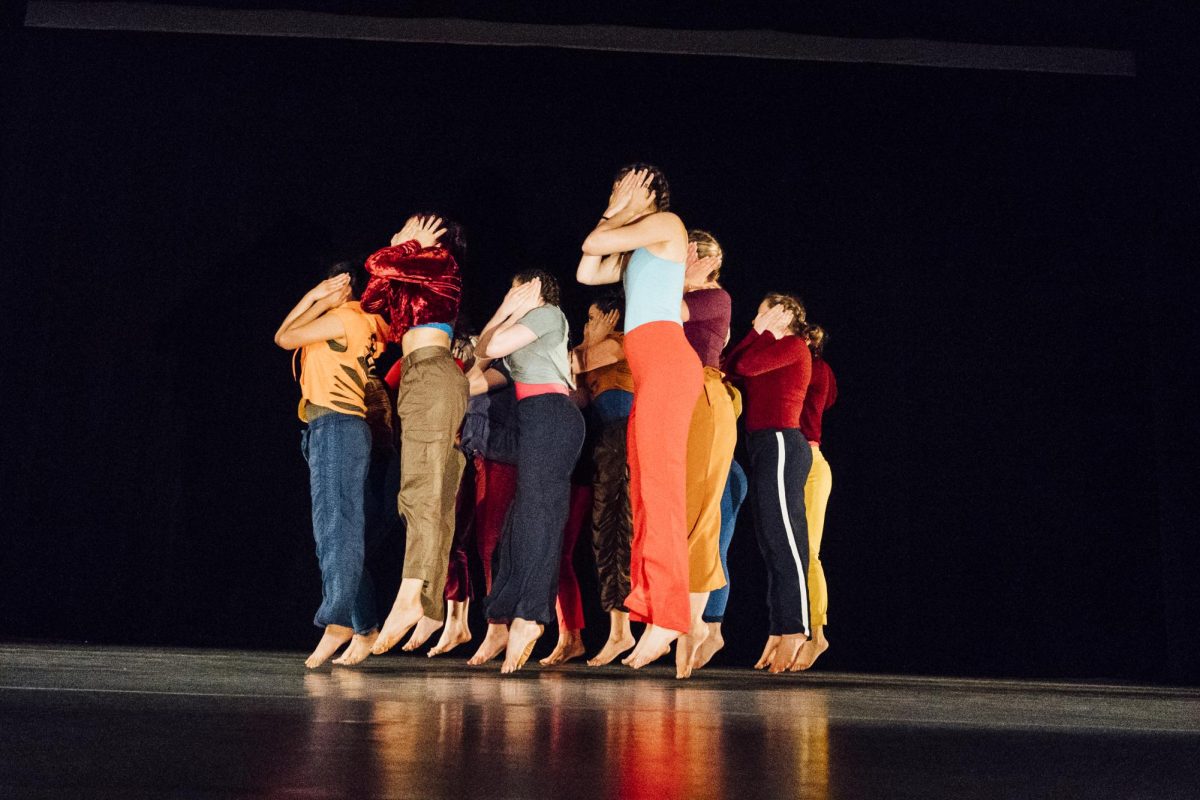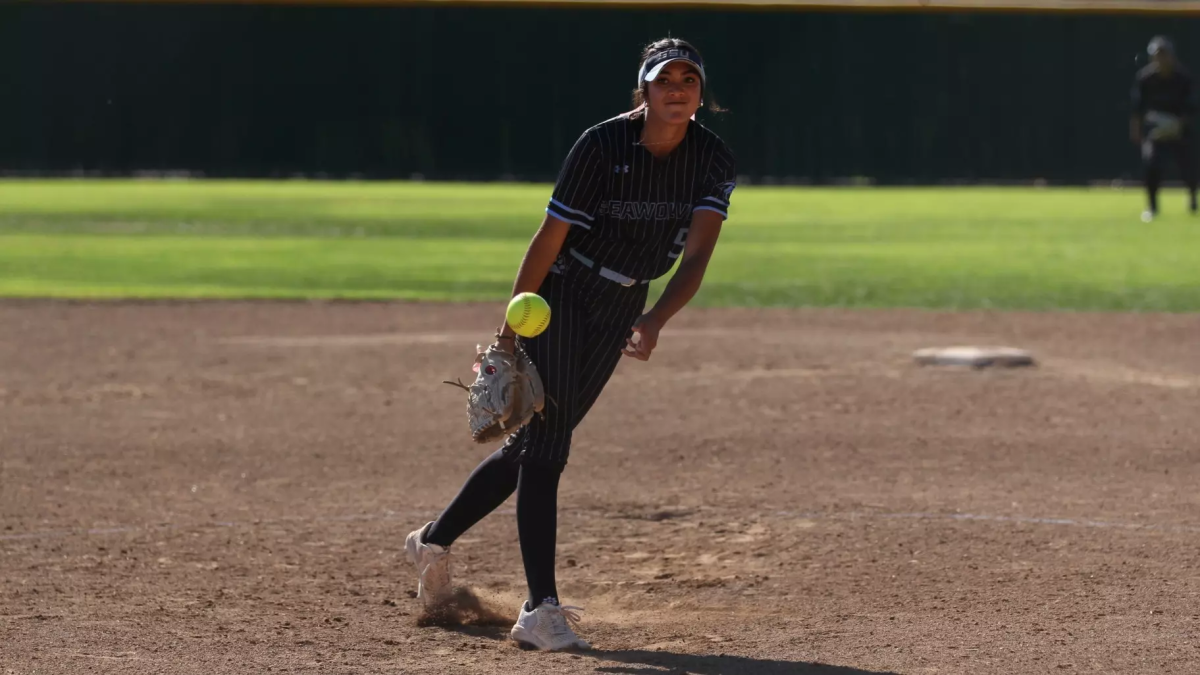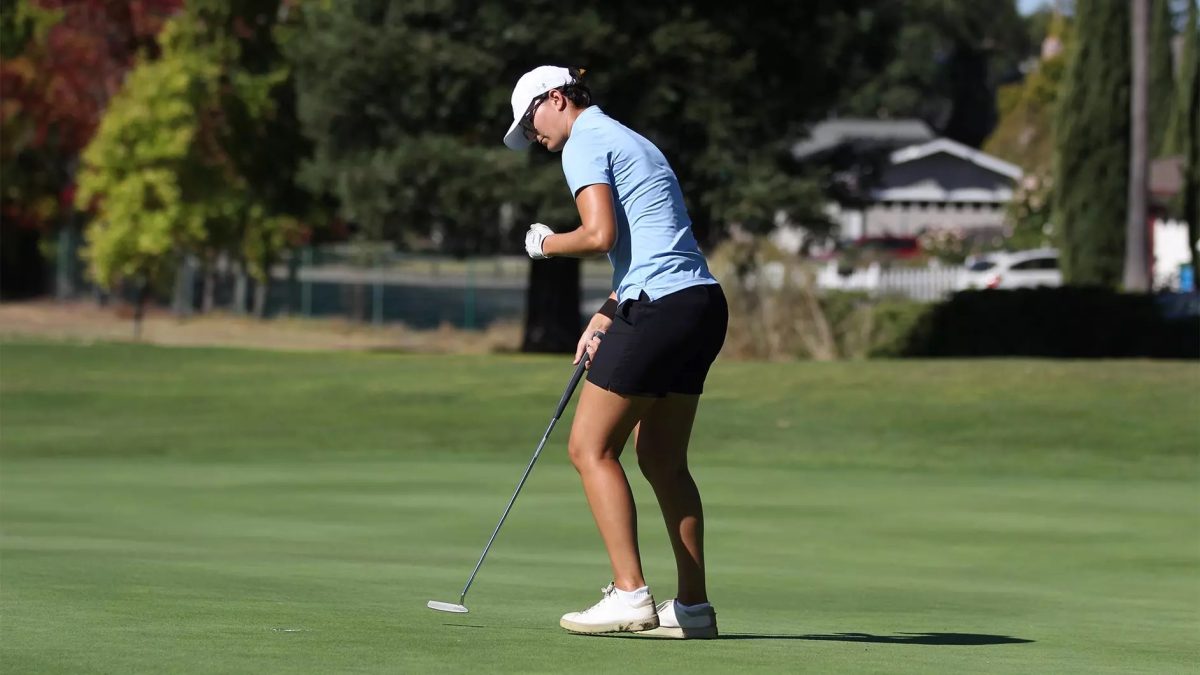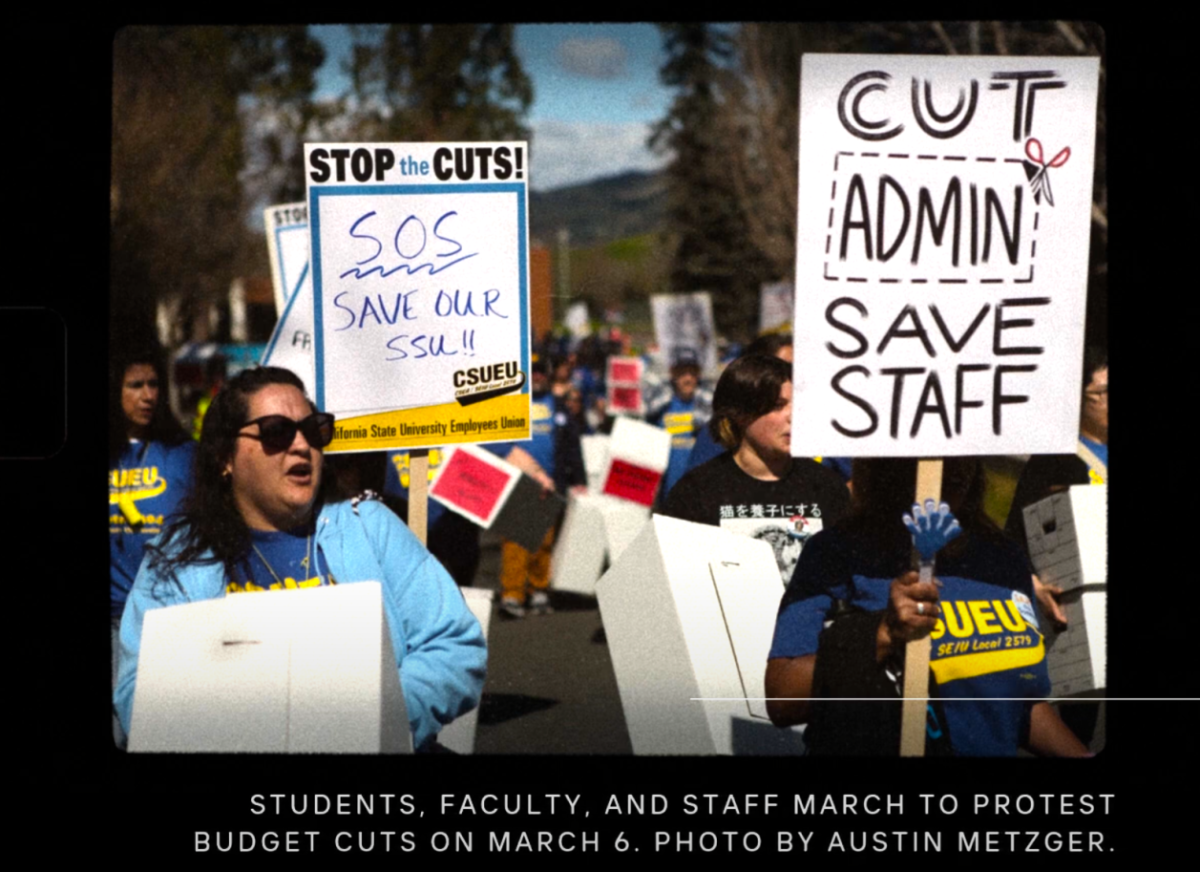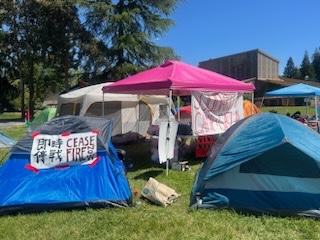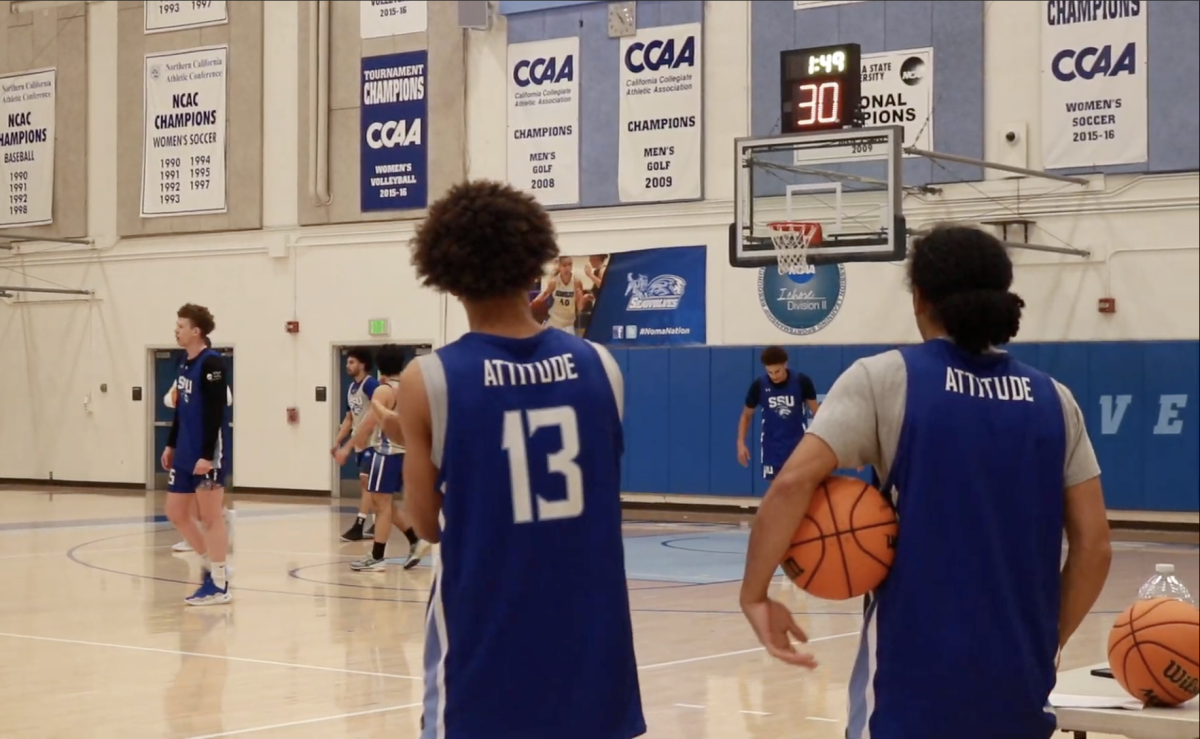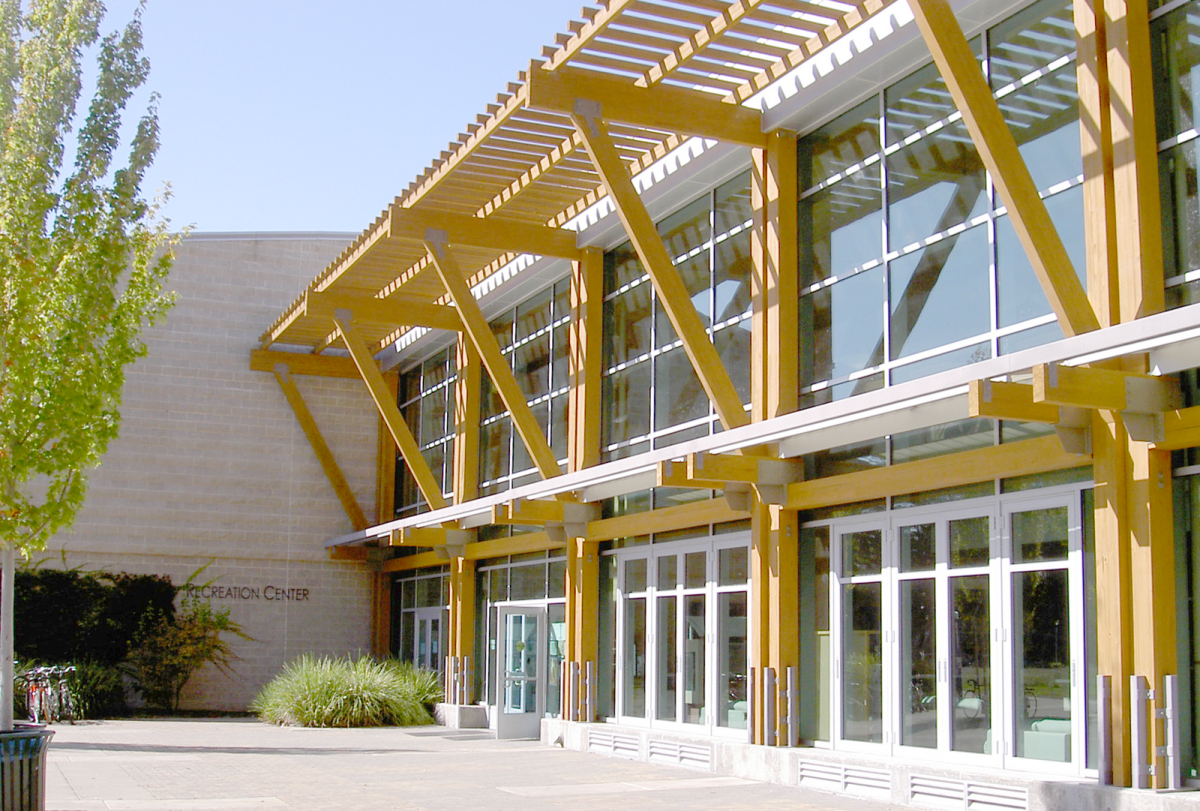Judge Kenneth G. English of the Sonoma County superior court placed a temporary restraining order on the proposed academic cuts at Sonoma State, in a move that marks a significant development in the university’s budget crisis.
The temporary restraining order will be in place until May 1. However, the court order did not halt the university’s proposed plan to shut down its athletics department.
The ruling comes from a lawsuit filed by a group of student-athletes, who allege that SSU’s administration misled them during recruitment and failed to disclose plans to cut their sports programs. The legal action is part of a broader backlash against the university’s attempt to address a staggering $23.9 million budget deficit through sweeping program eliminations.
In the early weeks of the new year, Sonoma State announced its financial situation. To close the gap, Interim President Emily Cutrer proposed eliminating 22 majors and six academic programs, along with shutting down the entire athletics department.
Cutrer made it clear that eliminating athletics alone would save the university approximately $3.7 million. But that claim has been challenged by an independent report commissioned by the “Save Seawolves Athletics” coalition.
Dan Rascher, a professor at San Francisco State University and sports economist, authored the analysis. He found that athletics may generate a net positive financial impact for SSU, between $2.2 million and $4.4 million annually, by bringing in additional revenue and maintaining student enrollment.
The report shows that Sonoma State gets $4.1 million from students that spend money on campus. Any athletic event that occurs on campus like parking, concessions and other services generates revenue.
Rascher noted potential losses in state funding if student-athletes transfer to other universities. The California State University system received $9,257 in funding per student in 2022–23. A mass departure of student-athletes could cost the school roughly $2.34 million in state allocations, the report said.
Housing revenue from coaches and athletics staff living on campus may account for another $100,000.
The findings challenge the university’s claim that athletics is a financial burden, and suggests that the administration may have underestimated the program’s broader impact.
Beyond financial considerations, the decision to eliminate athletics sparked broader concerns. The “Save Seawolves Athletics” group filed a federal civil rights complaint, arguing that the cuts disproportionately affected underrepresented student-athletes, many of whom were from minority backgrounds.
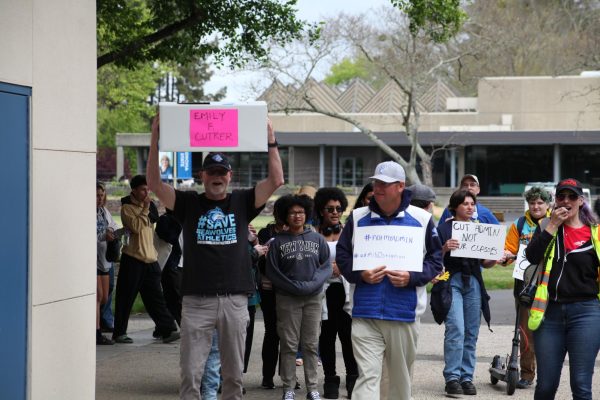
The group claimed that the administration’s decision lacked transparency and failed to involve key stakeholders in the decision-making process, including the Athletics Department and the Student Athlete Council.
The controversy intensified as student-athletes filed a lawsuit alleging that the administration misled them during recruitment, knowing about the impending cuts yet failing to disclose this information. The lawsuit sought to halt the elimination of the athletic and academic programs, highlighting concerns about due process and the potential negative impact on students’ educational and athletic pursuits.
The California Faculty Association recently advised faculty members to continue preparing fall course schedules to include programs proposed for elimination. “It was incorrect for this university to ever plan a fall schedule without your programs, which were only ‘proposed’ to be eliminated,” the union wrote in an email to faculty.
As legal challenges and public opposition continue to build, Sonoma State University faces growing pressure from students, faculty, and advocacy groups to reconsider its proposed cuts.
While the court order has temporarily preserved the academic programs and majors, the plan to eliminate athletics remains in effect and under scrutiny. The university’s decisions have become a focal point of fiscal responsibility, student equity, and transparency within higher education.



